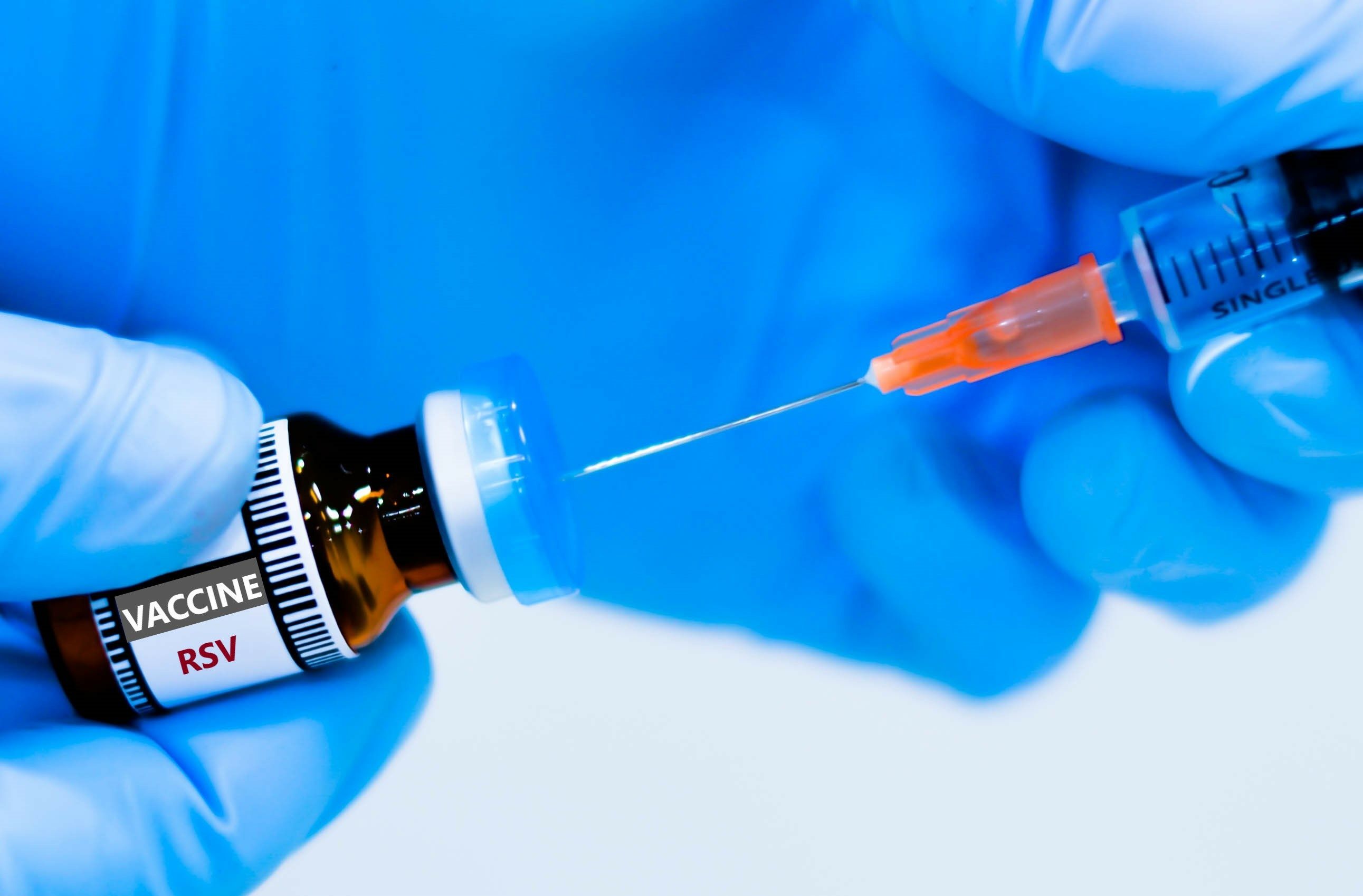Article
CDC: Drug Overdoses Linked to Synthetic Opioids Rose in Recent Years
Opioids were involved in over two-thirds of overdose deaths in 2017.
More than 702,000 Americans died from drug overdoses from 1999 to 2017—about 10% of them in 2017 alone, according to findings from an in-depth CDC analysis of the latest available drug overdose death data from the National Center for Health Statistics.
US overdose death rates linked to synthetic opioids, likely from illicitly manufactured fentanyl (IMF), increased more than 45% from 2016 to 2017 while death rates from heroin and prescription opioids remained stable, according to the report, which was published in the CDC's MMWR. Overdose death rates involving heroin and prescription opioids were, respectively, 7 and 4 times higher in 2017 than in 1999. The rates of overdose deaths involving cocaine increased by more than 34%. The rate of overdose deaths involving psychostimulants increased by more than 33%.
Opioids were involved in over two-thirds of overdose deaths in 2017. Of the 35 jurisdictions reporting data sufficient for analysis, 23 states and the District of Columbia saw increased rates of death linked to synthetic opioids. IMF likely drove the 1.5-fold increase in deaths involving synthetic opioids from 2016 to 2017.
Previously, deaths involving synthetic opioids mainly occurred east of the Mississippi River. The latest available data now show 8 states west of the Mississippi had significant increases in such deaths: Arizona, California, Colorado, Minnesota, Missouri, Oregon, Texas, and Washington.
CDC officials noted in a press release about the report that "a whole of government approach is being led by the U.S. Department of Health and Human Services (HHS) to prevent and respond to drug overdoses, specifically those involving opioids." The HHS 5-point strategy provides: better treatment, better data, better research, increased access to naloxone, and better pain management. Within HHS, CDC conducts surveillance and research; builds state, local, and tribal capacity for prevention; supports providers, health systems, and payers; partners with public safety; and empowers consumers to make safe choices.
CDC officials added that the report also reinforces the continued need for response strategies including increasing naloxone availability, educating patients and providers about safe prescribing practices, reducing the syndemic of infectious diseases and opioid overdoses, providing patients with linkage into treatment, and fostering greater collaboration between public health and public safety.
Reference
Scholl L, Seth P, Kariisa M, Wilson N, Baldwin G. Drug and opioid-onvolved overdose deaths — United States, 2013—2017. MMWR. 2018; Early release. December 21.















